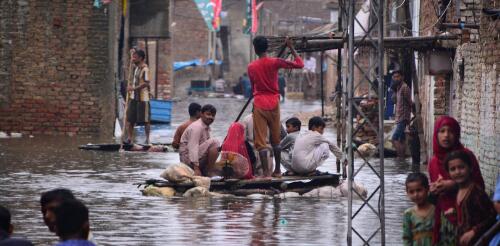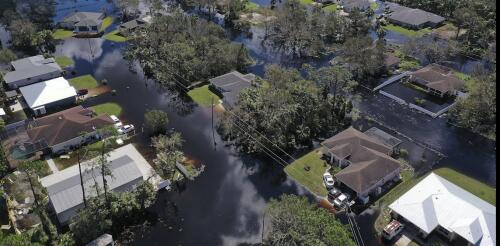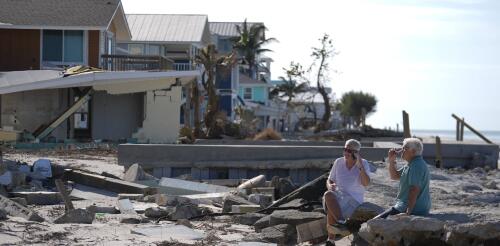Insurance
You may be hearing the phrase “loss and damage” in the coming weeks as government leaders meet in Egypt for the 2022 U.N. Climate Change Conference. It refers to the costs, both economic and physical, that developing countries are facing from climate change impacts. Many of the world’s most climate-vulnerable countries have done little to cause climate change, yet they are experiencing extreme heat waves, floods and other climate-related disasters. They want wealthier nations – historically the biggest sources of greenhouse gas emissions – to pay for the harm. A powerful example is Pakistan, where extreme rainfall on the heels of a glacier-melting heat wave flooded nearly one-third of the country in the summer of 2022. The flooding turned Pakistan’s farm fields into miles-wide lakes that stranded communities for weeks. More than 1,700 people died, millions lost their homes and livelihoods, and more than 4 million acres of crops and orchards,...
Hurricane Ian’s widespread damage is another disaster for Florida’s already shaky insurance industry. Even though home insurance rates in Florida are nearly triple the national average, insurers have been losing money. Six have failed since January 2022. Now, insured losses from Ian are estimated to exceed US$40 billion Hurricane risk might seem like the obvious problem, but there is a more insidious driver in this financial train wreck. Finance professor Shahid Hamid, who directs the Laboratory for Insurance at Florida International University, explained how Florida’s insurance market got this bad – and how the state’s insurer of last resort, Citizens Property Insurance, now carrying more than 1 million policies, can weather the storm. What’s making it so hard for Florida insurers to survive? Florida’s insurance rates have almost doubled in the past five years, yet insurance companies are still losing money for three main reasons....
In a pattern all too familiar to people affected by disasters, hurricanes Helene and Milton have disappeared from the headlines, just a few weeks after these disasters ravaged the Southeast. Although reporters have moved on, recovery is just beginning for people who were displaced. According to government and private analysts, damages may exceed US$50 billion apiece for these two storms. The Red Cross estimates that over 7,200 homes were destroyed or severely damaged and that more than 1,200 people were living in shelters across the affected states as of late October 2024. Staffers from the Federal Emergency Management Agency have been on the ground since before Helene and Milton hit, positioned to help as soon as the storms passed, along with state and local responders. But many people aren’t clear about how FEMA helps or what its responsibilities are. This may be one reason why the agency has had to dispel rumors about its response to Helene in North Carolina, such as...


